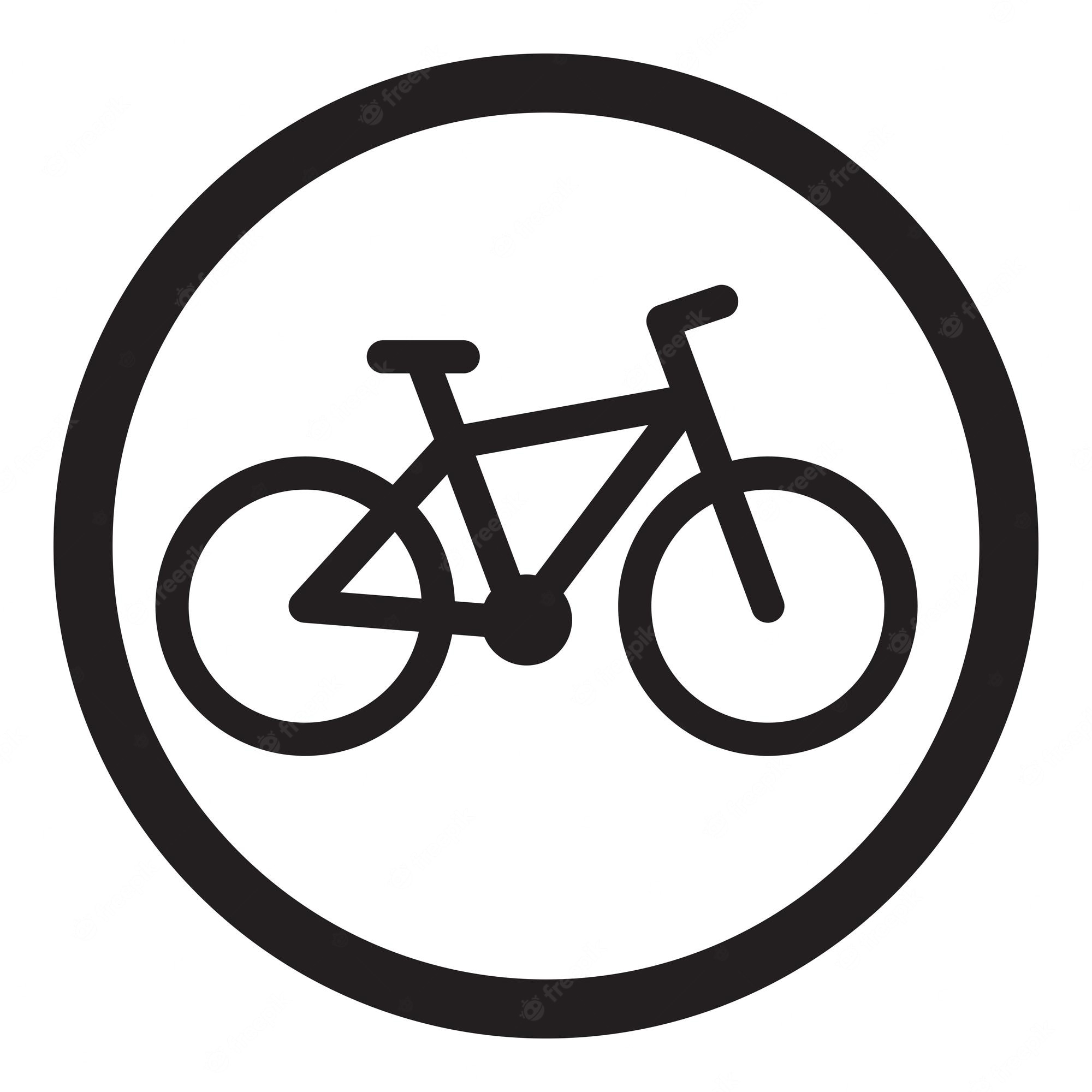I know about the obvious stuff like a bright vest, blinking rear light and wearing light colored clothes but is there anything else that I need for when nightfall hits?
Get retroreflectors. White pointing forward, red pointing back. You won’t always realize when a light craps out, it’s best to have passive backups. Get amber-colored retroreflectors that you can put between the spokes so you have sideways visibility. You can also buy reflective tape and wrap it around the frame.
There’s retro reflective tape etc for the spokes, too.
Sadly, going ‘full tuk-tuk’ is the goal here…
There are also retro reflective rims and tyres
A slightly less ugly alternative to amber reflectors between the spokes are reflective clips that wrap around each spoke:
https://www.salzmannltd.com/products/salzmann-3m-spoke-reflectors
I’m also pretty sure that lights in the EU are required to also function as a reflector or that at least most modern ones do.
I recommend clear safety glasses. Especially if you live someplace dry. You don’t want dust or insects in your eyes. I hit a palo verde beetle once and it almost knocked my glasses off my face.
Not clear, but photochromic cycling glasses have been a god send for me.
I can wear them all the time, including inside a store, at night, during bright summer days, or during those rides that start before dawn/dusk.
Before that, i had dedicated clear and dark glasses, but they were highly inconvenient.
deleted by creator
You can also try yellow safety glasses at night - blocks super intensive blue laser active-matrix LEDs™
Impressive! I struggle to get as far as a phylum or even kingdom identification in the moment something smacks my safety glasses. But looking at a picture of a palo verde beetle I can see how that would be unambiguous.
A silver spear to protect from werewolves and other supernatural predators.
The only right comments so far. These creatures are no joke.
Good advice but what will I do about those UFOs?
A tungstun cube should prevent any abductions by UFO.
A lot of crashes are side impacts. So reflective frame tape or lights in spokes can help with side visibility. Some lights throw a little light to the side for this purpose as well.
As a commuter, a big upgrade for me was getting a peircing loud bike horn. Despite having multiple bright lights and high-vis, I still have multiple close calls a week with cars not looking before turning. Having a way to get a driver’s attention without needing to rely on them even looking at all has been a huge benefit.
Additionally, this might be a controversial opinion, but I’ve found the wearing high-vis clothing often makes the issue worse. As a general rule, I try to select high-vis clothing that makes me look more like a motorcycle than a pedestrian. For example, I wear a reflective helmet and neon gloves, but not vests or shirts. When a driver waiting to emerge sees me, I want them to think “rapidly approaching vehicle” and not “slow moving pedestrian”.
I use my bike like a car, and I live in a rural area. I regularly ride 20-30mph to fit in with traffic, so my experience may differ from yours if you ride in a slower, more urban environment.
I’ve been thinking about getting a horn. What kind of horn do you recommend? Anything that’s electric and rechargeable? Or completely mechanical in nature?
I’ve been using the Hornit dB140, which has two modes. One is a loud peircing chirp sound, and the other is a much less loud sound resembling a car horn. I personally leave it on the peircing mode. The battery has lasted several months with regular use, so recharging isn’t much of a concern.
The trigger is separate from the horn unit, which allows me to put it somewhere that I can hit the brakes and the horn at the same time.
I’ve been really happy with it, but I also haven’t tried any alternatives to compare to.
Make sure you have enough battery capacity to power your lights until your destination or use a dynamo and have a headtorch with you for backup. Your lights failing in the middle of nowhere on a cloudy night is no fun!
Dynamos are the shit; never have to worry about charging the light again.
My suggestions, in no particular order:
- Front and rear lights, obviously. You can get lights that offer side visibility and get a front light with a cut off lens so you aren’t blinding oncoming peoole.
- You can get vests or jackets that are basically one big reflector. The brand proviz makes a ton of options, but you can find them cheaper. I had one from a brand off Amazon and had peoole come up to me to ask about it because it was so visible.
- Ankle reflective bands are one of the best types of reflectors you can get.
- Tires with reflective sidewalls are awesome.
- If riding during dusk or dawn, wear high viz with reflective elements. High viz colours alone aren’t very visible in the dark or by vehicle headlights at night.
- Ride in well lit areas, if possible.
- Ride slower than you would during the day.
Go big on reflective clothing. Rather than having small reflective patches on your clothes or bike, you can get jackets where the whole garment is made of reflective fabric. When a car’s headlights hit you that jacket will light up like the sun.
Ortlieb’s high-vis panniers are similar.
Randonneurs do this regularly. For long nighttime rides, dynamo hubs and lights are common. Riding your bike becomes a jump-on-and-go affair. No more worries about whether your lights are charged. The added bonus of dynamo lights is that the headlights are almost all shaped beam lights. In contrast to round beam lights, a shaped beam has a cutoff. So the light you generate goes where you need it instead of sprayed everywhere. Also the top of the cutoff is the brightest part of the beam pattern. So you’re putting more light farther down the road and less on the ground closest to your bike. This helps with visibility and preserving night vision.
Okay, so maybe a dynamo setup is out of your price range. For the price of a proper dynamo, headlight, and taillight, you could own two each of the Trek Commuter Pro RT and Flare RT. They even come in a package deal. Run one set while you charge the others using a GaN battery pack (GaN batteries can charge the lights before the ones in use are dead). And the Computer Pro RT has a great beam shape, as well as a true high beam-low beam mode (different beam shapes). I tried this setup on one of my bikes because I didn’t have time to build and tweak a full dyno setup ahead of a big tour. Cool added bonus: both of the lights communicate with each other. Turn on the headlight and the taillight automatically turns on. The remaining charge indicator on the headlight also shows remaining charge on the taillight.
Finish out your lighting kit by mounting a good LED light on your helmet. I’m partial to ThruNite TC15 V3 in this context. It will run for almost a month in limp mode, which is enough light to read a map, cue sheet, and street signs. The next level up is equivalent to most cars’ low beams. Yes, it’s a round beam, but the beam pattern is excellent for bicycling. Carry a spare 18650 cell in a case (no fires please).
Dress for any temperature differential, i.e. technical fabric layers suited to the high and low temps. I’m partial to merino wool because all the reasons. Use a reflective sash, ankle straps, and if you’re in the US, a reflective strap on your left wrist for hand signals. Vests are very visible, but not something you want to wear for long rides.
Know your hydration and caloric replacement needs. If you’re riding somewhere remote (which makes for the best overnight rides, IMO), resupply may not be possible. Tune your loadout accordingly.
Know how to repair your bike on the side of the road. Cold. Test out all of your toolkit. If you don’t enjoy wrenching on your bike in the comfort of your living room, with a tasty beverage nearby, imagine your morale on the roadside, in the rain, in the dead of night. And now you see another good reason for the helmet light above.
Source: am randonneur for 17 years now.
blinking rear light
Blinking lights are my pet-peeve with cyclists. Cars don’t have blinking lights - neither should bikes.
We aren’t riding large vehicles, so we have to put more effort into being more visible.
A combination of a blinking rear light and reflective gear gives us better odds.
Studies have shown that blinking lights improve reaction time to bikes on the road. The most common issue is determining the distance to the bike. This effect is more pronounced during night.
That’s why I use my bike lights all the time set to blink with a multi-second on phase. It makes me more noticeable and easy to estimate distance.
Also cars do have blinking lights these days. The newer car models like to blink the center brake light for a second before going static. Motorbikes have also long had rear blinking and “breathing” front light.
Any blinking lights except indicator lights are often illegal in traffic.
deleted by creator
The point of blinking bike lights is to be noticed by drivers. Once noticed, divers are able to track you using their headlights and your reflectors.
Using blinking lights also means I can use a bright light while not running out of battery in the middle of my trip.
You can easily spot a car at night, but not a cyclist.
In Europe blinking bicycle lights are allowed (white front, red rear).Front blinking lights are illegal in Germany as they should be, don’t ever put fronts on blinking mode.
TIL
Also The Netherlands.Also in France. Blinking rear red lights were also forbidden in the beginning, simply because anything blinking was forbidden unless you were police, firemen, paramedic… (or the light belonged to the yellow warning family). Later, in 2016, blinking rear red lights were allowed, while blinking front lights remained forbidden since they are a real pain.
As far as I am concerned, I bought a rear light that can at the same time: 1. shine continuously backwards 2. and blink towards the ground. So the light that goes straight into the drivers’ eyes, being constant, is not aggressive, yet there is a blinking element which acts as a reminder that I am a bicycle, since during the last 15 years or so, a blinking red light (legal or not) has become a symbol of bicycle rear lights. (Its name is Seemee 300 by Magicshine, if anyone wonders)








